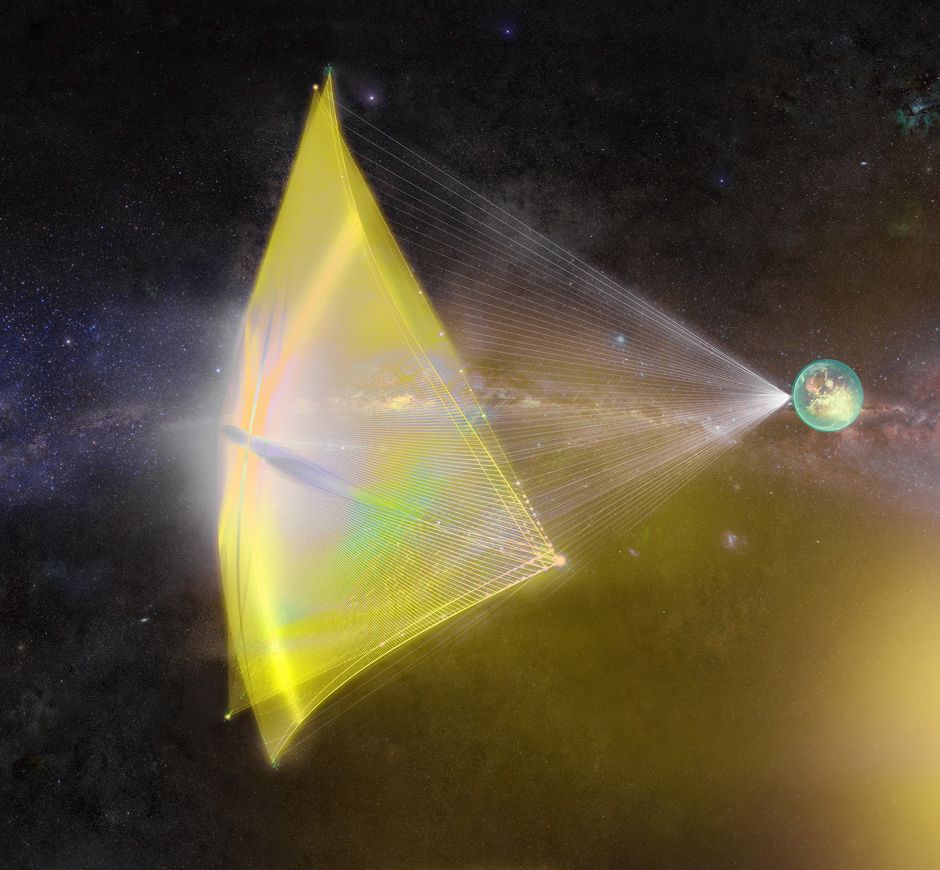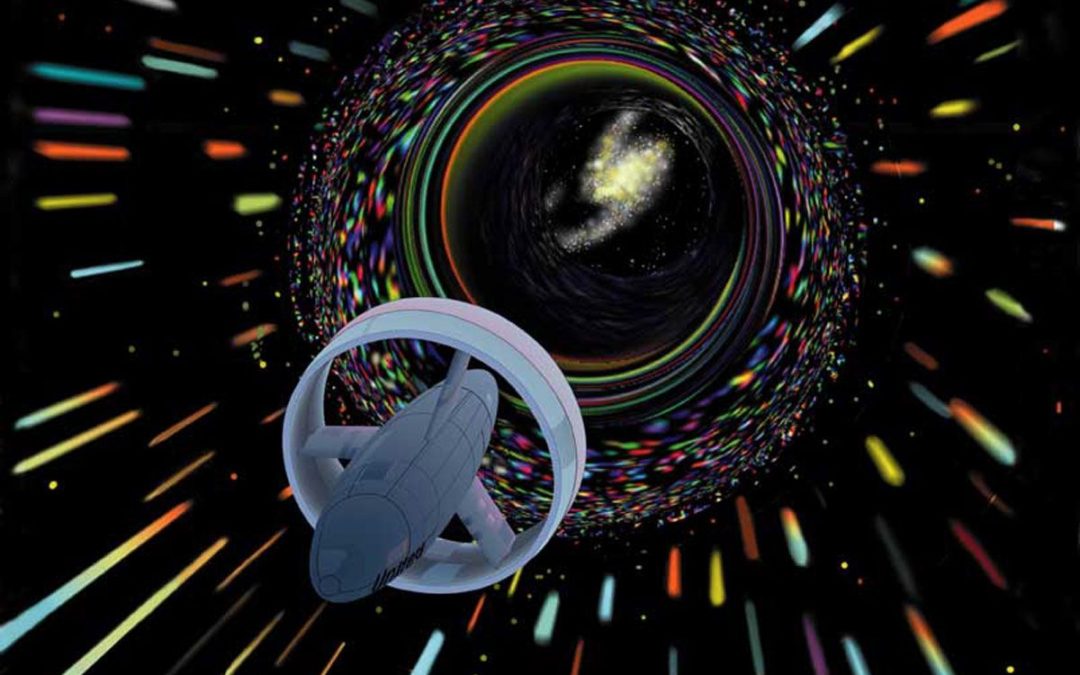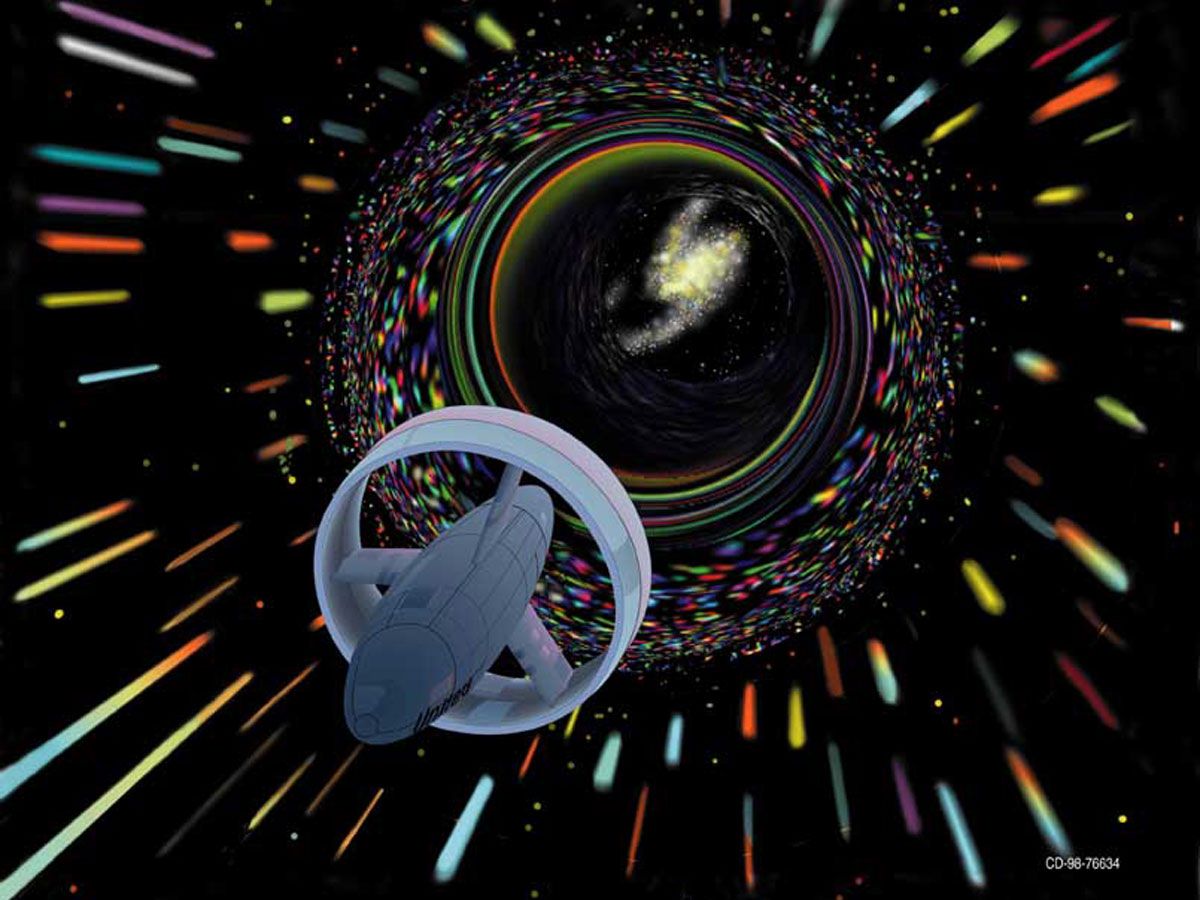
With the soon-to-be reality dream of visiting Mars, we allow ourselves to dream about more vast and distant galaxies and explore the deepest of space. But if travels to other solar systems are to be possible, we must find a faster way of travelling. Would it be possible to travel through wormholes just as in the movie Interstellar, or perhaps in high speeds using Warp Drives as in the sci-fi series Star trek?
Space travel is mainly limited by the theory of relativity. According to the theory of relativity, nothing can travel faster than the speed of light and the rockets we can build today are not even close to reaching such high speeds. Our closest star, Proxima Centauri, is located about 4.25 light years from Earth, a distance corresponding to around 40 trillion kilometers. In other words, it takes 4.25 years for light to travel between us and the star.
The fastest vehicle ever built by mankind is NASAs Parker Solar Probe which is currently heading towards the Sun. The space probe is estimated to reach a speed of 72 000 km/h (450 000 mph), which is an impressive speed. As a comparison, it would take 50 seconds for it to travel between Lund and Kiruna. However, when looking at it from an astronomical point of view, it does not take us very far. It would take about 6600 years for the Parker Probe to reach Proxima Centauri.
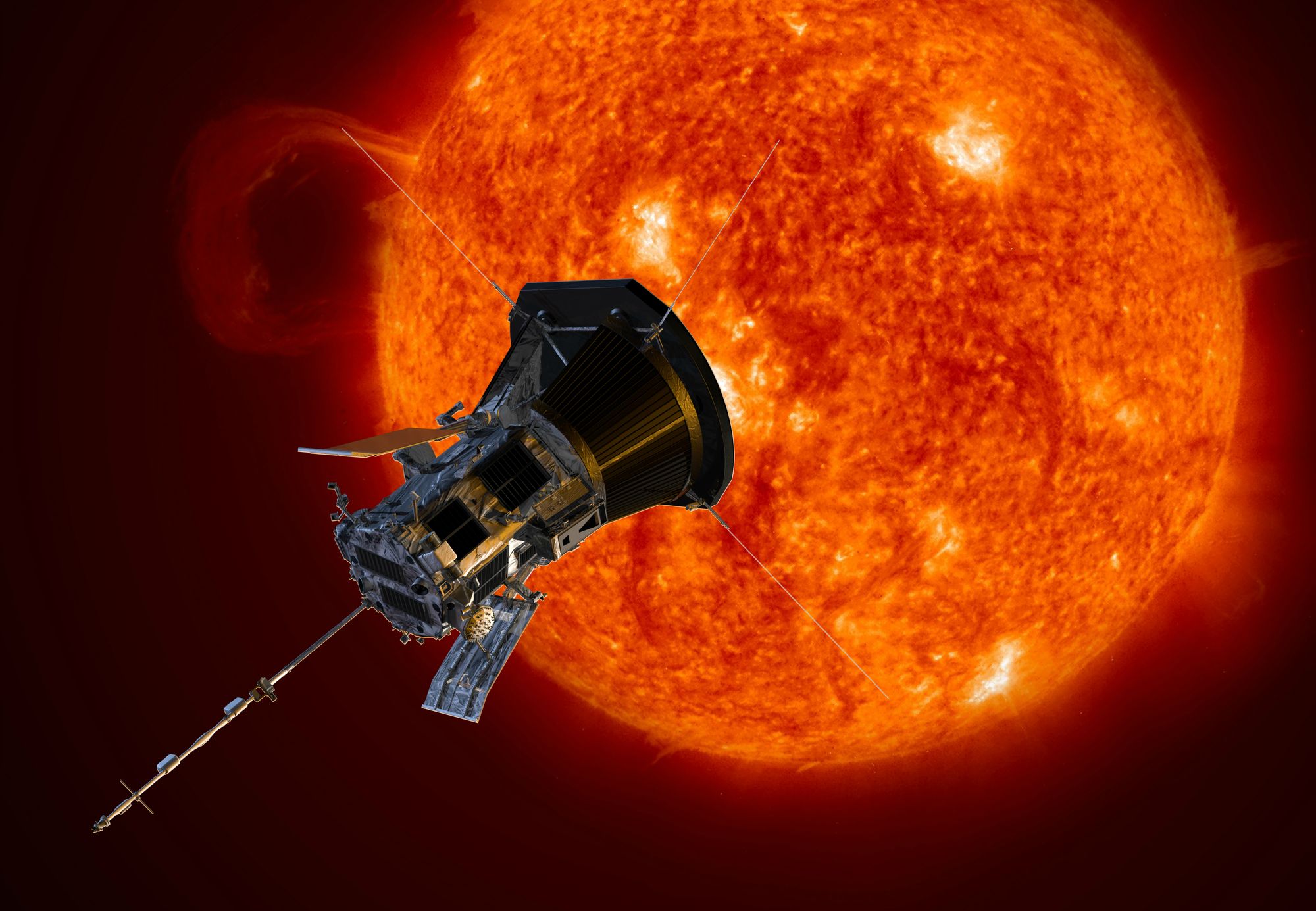
It is obvious that we need faster ways of travelling to be able to travel to other solar systems and explore space to its fullest. Two recently published reports discuss the possibility of using Warp Drives, presenting mathematical evidence (for instance discussed at astronomy.com). A Warp Drive refers to a vehicle with the possibility to contract spacetime in the course of direction, and at the same time as it extends spacetime at the opposite direction. An idea challenging the laws of physics.
We have asked an expert in the field, Ulf Danielsson, who is professor in theoretical physics at Uppsala university, about space travel of the future and what the most realistic ideas are.

What is spacetime?
Let us consider two space directions, Ulf Danielsson begins, so that we have one direction left which is time. Then we can imagine creatures who are limited to move in two directions. The creatures will not be able to comprehend the third direction. However, it does exist and is time. This means that when moving in space, a world line is expanding with dots where all dots are events. When moving, time passes along the world line. Therefore, the creatures are rather stretched out in the direction of time than existing as local beings.
– If time has this simple property of being a parameter keeping track of where we are, it is more a practical property than a physical one. But the point is that the time and space directions are not separated. They are entwined, Danielsson explains.
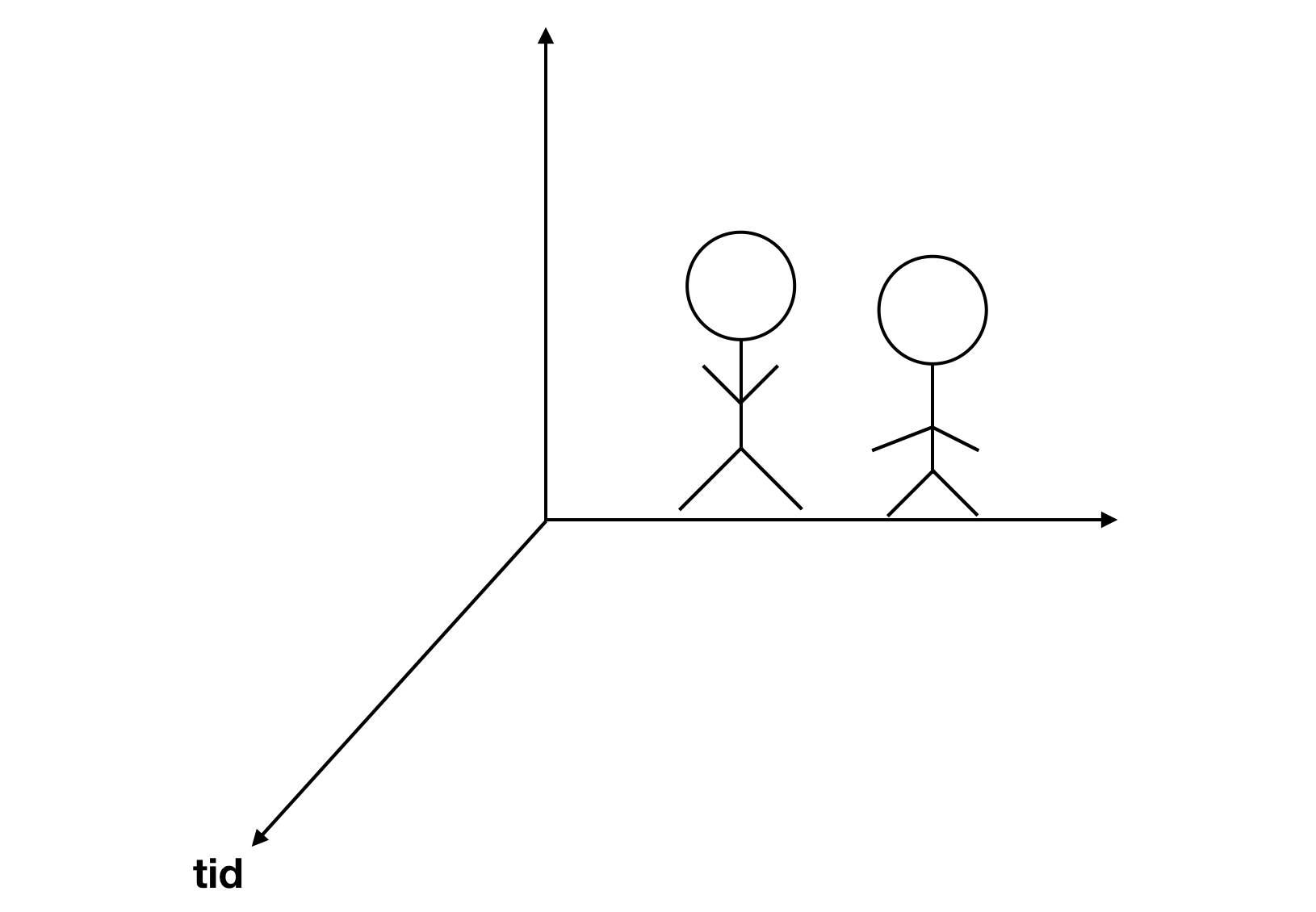
Further, it appears that this spacetime has determined time and space directions which can be rotated under special conditions. In other words, for one observer an axis may be the x axis, while for another observer the same axis may be pointing in another direction. There is a rotation one can do in spacetime, which will make time appear differently depending on who you ask. Then we must ask “How can one rotate the direction of time?”, Danielsson continues, and shouts: “You run really fast!”.
Depending on how, and how fast, one moves, time appears differently, he states.
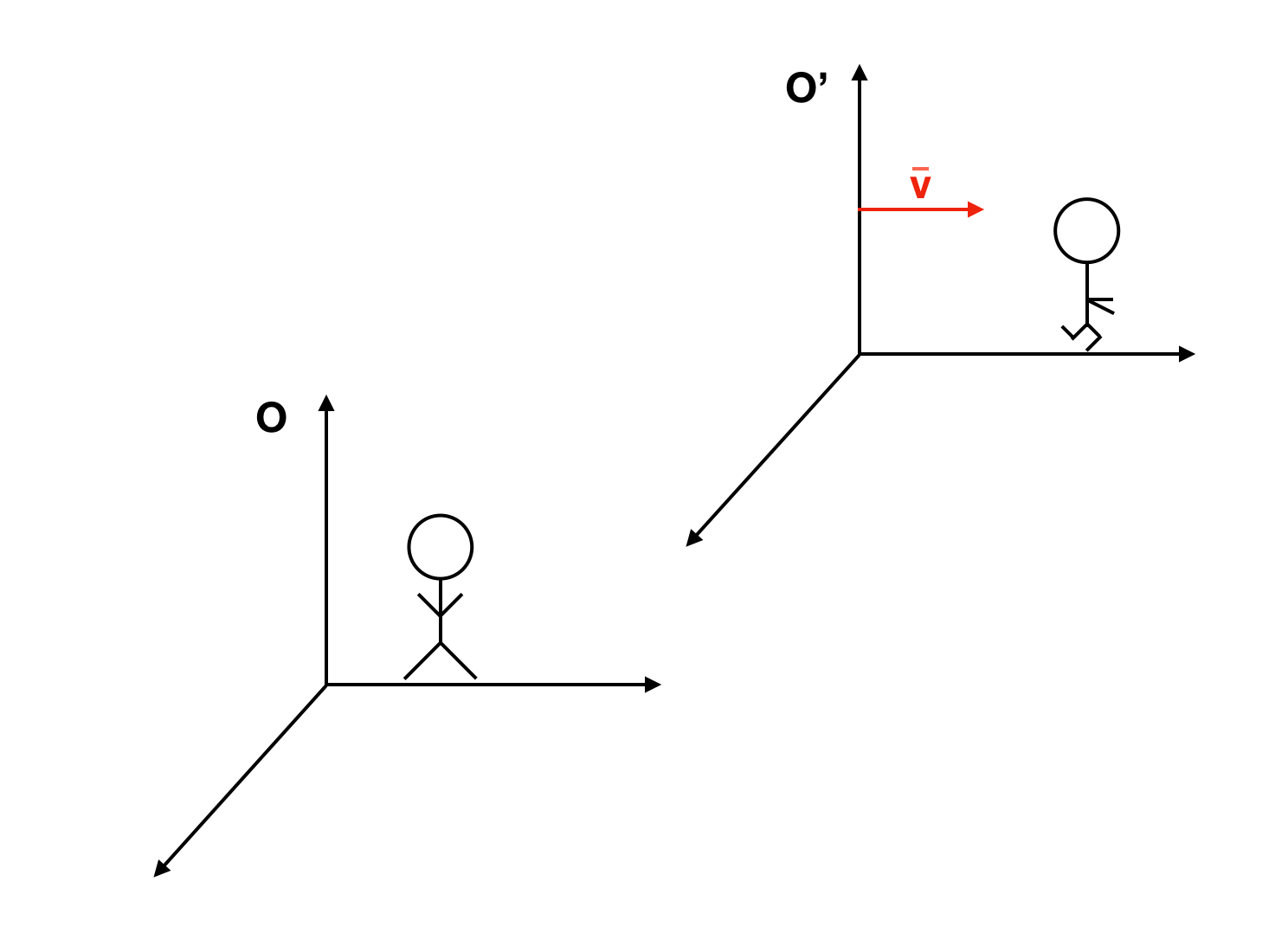
Also, depending on how we move in spacetime, the time direction points differently for different observers. However, this effect is only noticeable when moving at high speeds. This, together with the strange fact that the speed of light is constant, explains relativistic effects such as why time appears differently for different observers (time dilation) and why objects appear to have different lengths (length contraction). Spacetime can also be curved in a similar manner as a surface can be bent, a consequence that for instance gives rise to gravitation.

Are Warp Drives sci-fi or science?
A Warp Drive could be created by a curvature of spacetime, Danielsson explains. And the curvature can establish gravitation if it is curved in a special way. For us, spacetime is more curved at our feet compared to our heads, making time pass slightly slower at our feet which in turn creates a “pull” towards the Earth. This pull is usually called gravitation; a vital effect noticeable even if the time difference is about a trillion second.
Then it is not too farfetched to imagine, Danielsson continues, that we could possibly bend spacetime in other ways too. However, there is a problem in the general theory of relativity and Einstein’s equations where the curvature is related to the distribution of matter. This means that the distribution can tell us how spacetime is curved, and furthermore, to curve spacetime materia with special properties is required. Some scientists has proposed that dark energy could potentially solve this. However, it is difficult to know exactly which rules apply.
–The most reasonable rule is that it should not be possible to solve Einstein’s equations in such a way that a trip back in time is possible, Danielsson states.
The thought behind Warp Drives is to be able to travel faster than light, and if this would be possible, it would be possible to travel back in time and meet oneself and thereby create time paradoxes. Therefore, it is reasonable to assume that trips faster than light are impossible to achieve. A statement useful in the distinction between possible ways of travel in space, Danielsson reasons.
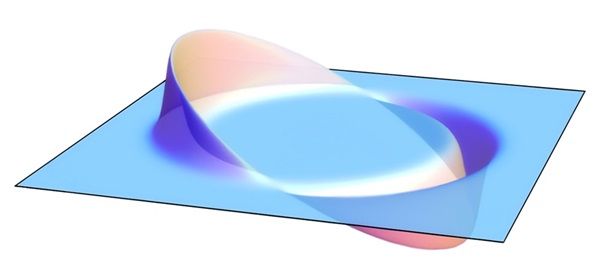
A network of worm holes
Looking at worm holes, one can argue in a similar way as before, Danielsson continues. If worm holes exist, it would be possible to combine them in such a way so that a traveler could do a time travel back in time. But there is a loophole, Danielsson says.
-There might already exist wormholes, created in the beginning of the universe, a possibility that could make trips to distant galaxies reality, Danielsson explains.
It is possible to imagine an already existing network of worm holes without violating the general principle of closed loops. This means that it could be possible to travel through a worm hole, even if the destination is already chosen by the worm holes location.

In the movie Interstellar, the characters travel through a worm hole to another part of the universe. No time paradoxes are introduced (with an exception for when they travel through a black hole) and it is possible to imagine such a network. The scientist Kip Thorne was an advisor to the movie and has written a book titeled Black Holes and Time Warps on the subject. He has presented ideas regarding the possibility of existing physics that prevents time travels and time “loops”, and thereby prevents complex paradoxes.
To summarize, it could be possible to travel through worm holes as long as there are mechanisms’ preventing time travel-loops to appear.
– The most optimistic scenario is to imagine aliens who travels from one side of the universe to the other through a network of worm holes, Danielsson concludes.
How do you think space travel will look in the future?
It depends on what we want, Danielsson answers. If very high speeds, but lower than the speed of light, is enough, then we can work with technology we have today. Then, we must also ask the question if we are in a hurry. One could imagine civilizations that has a more collective perspective of space travel, where it is allowed to take time. A trip can then be done through several generations, and perhaps probes could be used.
One of the most realistic approaches is the project Starshot, an initiative using light sails and a strong laser that possibly could accelerate up to 20 percent of the speed of light in just a couple of hours. Such a vehicle could reach Proxima Centauri in only 20 years! Many needs to be sent out, and they must be incredibly light. But they are not impossible to construct with today’s technology.
– If we are to travel between stars, it is not so certain we want to do so as biological beings, Danielsson finishes.
